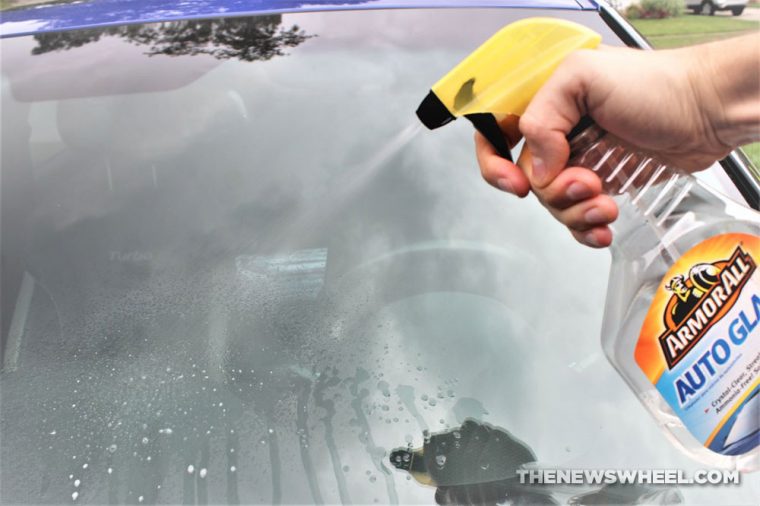Cursed Condensation! How Can I Defog My Windshield & Windows?
Tackling the visibility problem of wet, foggy car windows

It’s so frustrating to be running late for work only to start your car and not be able to drive because of that INFURIATING, FOGGY WINDSHIELD! It never fails to screw you over on your worst days — and no matter what you do, it doesn’t clear up. You’re just stuck on the side of the road with your hazard lights on waiting to see again.
At this moment, you’re wondering, “How can quickly I defog my windshield and windows?” Here are simple answers for why condensation accumulates on the glass and what the best removal methods are.
Have Trouble Seeing in the Rain? Follow these steps to clean your car’s foggy headlamps
Why does my car have foggy windows?
Generally, foggy windows are the result of a substantial difference in temperature and moisture levels between the inside and outside of your car.
During the cold seasons, the air outside is brisk and dry, while your presence inside the car radiates heat and humidity (think of that moist breath against the cold glass). Warm food, wet clothes, hot bodies (yeah, you know what I’m talking about) all emit balmy moisture.
According to Mike Hoppe, an automotive climate control systems engineer, “In its simplest form, it’s too much water in the air, and it condenses on the glass … It condenses on the inside because the outside is colder, and when it’s colder outside that lowers the relative humidity point.”
This can be especially difficult to correct if your car struggles to warm up on a cold morning due to poor insulation or a weak defrost system.
Is It Better to Run the A/C or Open Windows on a Hot Day? Find out here!

The quickest ways to defog your windshield
Some vehicles these days come with climate control and fog sensors that will correct any condensation issues automatically, but most of us aren’t so lucky. If you have an older car suffering from hazy visibility, here are some ways you can tackle the issue.
If it’s cold outside
If you want to clear your windshield rapidly, drop the inside temperature and humidity to match the levels outside. So if the air is cold outside and your warm breath and body heat are condensing on the cold windshield, cool down the air in the cabin.
Turn on the air conditioner or defrost without heat or roll down the windows to dissipate the moisture and let cold air in. You can wipe the glass inside if you want, but that will leave streaks and won’t accomplish much in the long run.
For a better solution if you’re not in a hurry, turn on the defrosters and crank up the heat while your car idles in the driveway. This will warm up the glass and adjust the relative humidity, which is most important for solving this predicament.
If it’s hot outside
This situation is essentially the opposite and can happen during hot, muggy weather. If condensation forms on the outside of your windshield, don’t blast the A/C! That will only cause condensation to form more rapidly.
Instead, roll down the windows, put the heat on low, and use your wipers to keep your visibility clear. That way, the moisture outside will gradually match what’s inside.
Only use fresh air
In either situation, don’t recirculate the air in the cabin! You want fresh air to enter through the vents rather than the old, recycled air that was causing the problem. Keeping the same humid or dry air inside will just perpetuate the dilemma.
Keep it clean
Keep that glass as clean as possible, even on days when it’s not suffering from condensation. A spotless windshield is less likely to become foggy than a grimy one.
With a clearer windshield, you’ll be able to see better while driving and will be safer on the road. Just make sure you take the proper steps or else you could worsen the condensation.
Aaron is unashamed to be a native Clevelander and the proud driver of a Hyundai Veloster Turbo (which recently replaced his 1995 Saturn SC-2). He gleefully utilizes his background in theater, literature, and communication to dramatically recite his own articles to nearby youth. Mr. Widmar happily resides in Dayton, Ohio with his magnificent wife, Vicki, but is often on the road with her exploring new destinations. Aaron has high aspirations for his writing career but often gets distracted pondering the profound nature of the human condition and forgets what he was writing… See more articles by Aaron.

